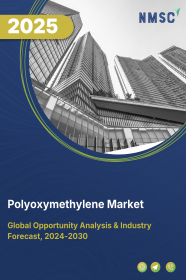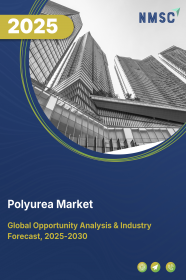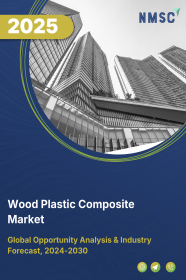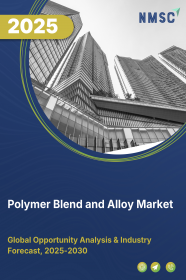
Polymer Blend and Alloy Market by Type (Polycarbonate, PPE/PPO-Based Blends, and Others), and by End-user (Automotive, Electrical & Electronics, Aerospace, Consumer Goods, and Others) – Global Opportunity Analysis and Industry Forecast 2025-2030
US Tariff Impact on Polymer Blend and Alloy Market
Trump Tariffs Are Reshaping Global Business
Polymer Blend & Alloy Market Overview
The global Polymer Blend & Alloy Market size was valued at USD 4.97 billion in 2024 and is predicted to reach USD 7.31 billion by 2030, with a CAGR of 6.7% from 2025-2030.
The polymer blend and alloy market grow due to growth of automotive sector across the globe as there is an upsurge in the demand for lightweight components to boost vehicle performance. However, carbon emission generated during the production of plastic compounds hinders the growth of the market. On the contrary, integration of nanomaterials into polymer blends and alloys creates future opportunity for the growth of the market.
Additionally, the top players operating in the market include LyondellBasell and Covestro are adopting various business strategies that includes business expansion and product launch to maintain their market presence and expand their product offering. With the launch of nanoparticles such as carbon nanotubes graphene enhance the mechanical strength and durability of polymer blends making them more suitable for high-performance applications.
Growing Automotive Industry Fuels the Growth of the Market
The rapidly growing automotive industry across the globe coupled with the rising demand for light weight components to enhance the overall vehicle performance and fuel efficiency drives the demand for polymer made compounds. These advanced materials are essential to meet industry demands for light, high levels of safety, and excellent efficiency in vehicles. According to reports published by the International Organization of Motor Vehicle Manufacturers, total vehicle production by 40 countries including China, the US, India, and Japan stood at around 93 million by 2023 against 85 million in 2022 for an annual production growth of 9.4 percent. The uptick in vehicle production contributes to the demand for polymer blends as an automotive efficiency-improving agent and thus is a factor for market growth.
Expanding Aerospace Industry Boosts Market Growth
The expansion of aerospace industry coupled with the growing demand of light weights and durable aircrafts drives the demand for advanced materials such as polymer blend and alloy. These materials are used to develop light weight aircraft that increases its efficiency and are also used to create complex designs. As per the reports published by the World Economic Forum, in April 2024, the Space economy is expected to reach USD 1.8 trillion by 2035 globally. With such rise in the space sector, the adoption for lighter weight aircrafts for missions is on rise driving the growth of the market.
Increasing Electronics Industry Drives the Growth of the Market
Growth of electronics industry is driving the demand for advanced materials including polymer blend and alloy to produce various electronic components. These materials are essential for producing advanced electronics items that are durable, and heat-resistant that in turn fuels the growth of the market. As reported by the People's Republic of China, in September 2023, China's electronics industry is continuing with a rapid growth curve, with profits achieving a roughly USD 38.39 billion over the first seven months of this year.
Additionally, the report published by the United Kingdom government provides information that the electronics sector generates around USD 20 billion to the economy on an annual basis. This higher demand for electronics items across the globe creates an urge for plastic compounds so that the operational performance of electronic components may be improved with their enhanced durability and flexible design.
Pollution Due to Production of Plastic Compounds Hinders Market Growth
The carbon emissions generated during the production of plastic compounds create significant environmental issues such as climate change and air pollution, hindering the growth of the market.
Integration of nanomaterials into Polymer Blends Create Future Opportunity
The upcoming opportunities for the market are due to integration of nanomaterials into polymer blends and alloys. Nanomaterials, such as carbon nanotubes and graphene improve the mechanical strength and toughness of polymer blends thus making them more suitable for application in high performance applications.
Market Segmentation and Scope of the Study
The polymer blend & alloy market report is segmented on the basis of type, end-user, and region. On the basis of type, the market is segmented by polycarbonate, PPE/PPO-based blends, and others. On the basis of end-user, the market is segmented by automotive, electrical & electronics, aerospace, consumer goods, and others. Regional breakdown and analysis of each of the aforesaid segments include regions comprising North America, Europe, Asia-Pacific, and RoW.
Geographical Analysis
The Asia-Pacific region holds the dominating polymer blend & alloy market share and is supposed to maintain that dominance in the forecast period, mainly due to the fact that countries like China, India, and Japan account for the biggest automotive industries of the world with highly modernized and light-weight vehicles which would increase the requirement for advanced polymer-based materials with a view of enhancing the vehicle's overall performance.
The World Population Review states that for the year 2022, countries like China, Japan, and India have vehicle production of 27 million, 7.8 million, and 5.5 million respectively. This increase in the vehicle production pushes the demand for the engineered plastics in order to enhance the efficiency of the vehicle, which has been a chief growth driver for the market.
Moreover, the presence of key market players such as Asahi Kasei Corporation, Daicel Corporation and Mitsubishi Engineering-Plastics Corporation are adopting various business strategies including the launch of product that in turn boosts market growth. For instance, in September 2023, Asahi Kasei Corporation launched a new continuous glass fiber reinforced thermoplastic called LENCEN that offers safety and weight reduction of EV batteries. This innovation highlights the commitment of leading companies for advancing materials technology, further driving of the polymer blend & alloy market growth.
On the other hand, North America is expected to show a steady rise in the polymer blend & alloy industry due to the growth of aerospace industry in this region. As the aerospace industry expands, there is an upward demand for advanced solutions for the production of lightweight aircraft for efficiency in missions without compromising any of the features on aircraft. According to the Aerospace Industry Association, the industry generated USD 892 billion in sales during November 2022, which is about a 2.1% increase from the previous year.
Moreover, the increasing polymer blend & alloy market demand in the automotive industry for producing vehicles boosts the growth of the market. The automotive companies such Ford Motor Company and Toyota Motor Corporation use plastics made out of these blends to enhance the overall efficiency of the vehicle as these advanced materials are essential in the vehicle manufacturing process, providing the necessary balance of strength and weight reduction.
For instance, in December 2022, Ford Motor Company produced 20 special editions of Ford GT LM using carbon fibre on various components to manufacture the vehicle without compromising its performance. Polymer blends are used in the making process of carbon fibre driving the growth of the market.
Competitive Landscape
The polymer blend and alloy industry comprise of various key players such as SABIC, LyondellBasell Industries Holdings B.V., Mitsubishi Engineering-Plastics Corporation, CHIMEI Corporation, Daicel Corporation, Covestro AG, BASF SE, Asahi Kasei Corporation, LG Chemical, Celanese Corporation, Dow Inc., DuPont de Nemours, Inc., JSR Corporation, Chemieuro, Axel Polymers Limited and others. These companies are adopting various strategies including product launches and collaboration to stay competitive and maintain their market positions.
For instance, in June 2024, LyondellBasell expanded its business in China with the opening of a start-up of an additional production line that is Advanced Polymer Solutions. This new production line is to provide a credited line of enhanced performance and top-quality polypropylene compounds mainly targeted for the automotive industry.
Additionally, in June 2024, Covestro and Webasto collaborated to develop a prototype of a Roof Sensor Module for automated and autonomous driving. The module features a polycarbonate panel that requires polymer blend and bezel that integrates various sensors such as radar, lidar, and cameras to detect obstacles, traffic signs, and other road elements.
Moreover, in June 2024, Sabic launched specialty material solutions at the 2024 Plastics in Automotive Engineering congress that enhances automotive innovation and sustainability. The highlights include materials for improving aerodynamics, reducing environmental impact, and enhancing safety features in electric and conventional vehicles.
Key Benefits
-
The report provides quantitative analysis and estimations of the polymer blend & alloy market from 2025 to 2030, which assists in identifying the prevailing market opportunities.
-
The study comprises a deep dive analysis of the current and future polymer blend & alloy market trends to depict prevalent investment pockets in the industry.
-
Information related to key drivers, restraints, and opportunities and their impact on the polymer blend & alloy market is provided in the report.
-
Competitive analysis of the players, along with their market share is provided in the report.
-
SWOT analysis and Porters Five Forces model is elaborated in the study.
-
Value chain analysis in the market study provides a clear picture of roles of stakeholders.
Polymer Blend & Alloy Market Key Segments
By Type
-
Polycarbonate
-
PPE/PPO-Based Blends
-
Others
By End-User
-
Automotive
-
Electrical & Electronics
-
Aerospace
-
Consumer Goods
-
Others
By Region
-
North America
-
The U.S.
-
Canada
-
Mexico
-
-
Europe
-
The UK
-
Germany
-
France
-
Italy
-
Spain
-
Denmark
-
Netherlands
-
Finland
-
Sweden
-
Norway
-
Russia
-
Rest of Europe
-
-
Asia Pacific
-
China
-
Japan
-
India
-
South Korea
-
Australia
-
Indonesia
-
Singapore
-
Taiwan
-
Thailand
-
Rest of Asia-Pacific
-
-
RoW
-
Latin America
-
Middle East
-
Africa
-
Key Players
-
SABIC
-
LyondellBasell Industries Holdings B.V.
-
Mitsubishi Engineering-Plastics Corporation
-
CHIMEI Corporation
-
Daicel Corporation
-
Covestro AG
-
BASF SE
-
Asahi Kasei Corporation
-
LG Chemical
-
Celanese Corporation
-
Dow Inc.
-
DuPont de Nemours, Inc.
-
JSR Corporation
-
Chemieuro
-
Axel Polymers Limited
REPORT SCOPE AND SEGMENTATION:
|
Parameters |
Details |
|
Market Size in 2024 |
USD 4.97 billion |
|
Revenue Forecast in 2030 |
USD 7.31 billion |
|
Growth Rate |
CAGR of 6.7% from 2025 to 2030 |
|
Analysis Period |
2024–2030 |
|
Base Year Considered |
2024 |
|
Forecast Period |
2025–2030 |
|
Market Size Estimation |
Billion (USD) |
|
Growth Factors |
|
|
Countries Covered |
28 |
|
Companies Profiled |
15 |
|
Market Share |
Available for 10 companies |
|
Customization Scope |
Free customization (equivalent up to 80 working hours of analysts) after purchase. Addition or alteration to country, regional, and segment scope. |
|
Pricing and Purchase Options |
Avail customized purchase options to meet your exact research needs. |







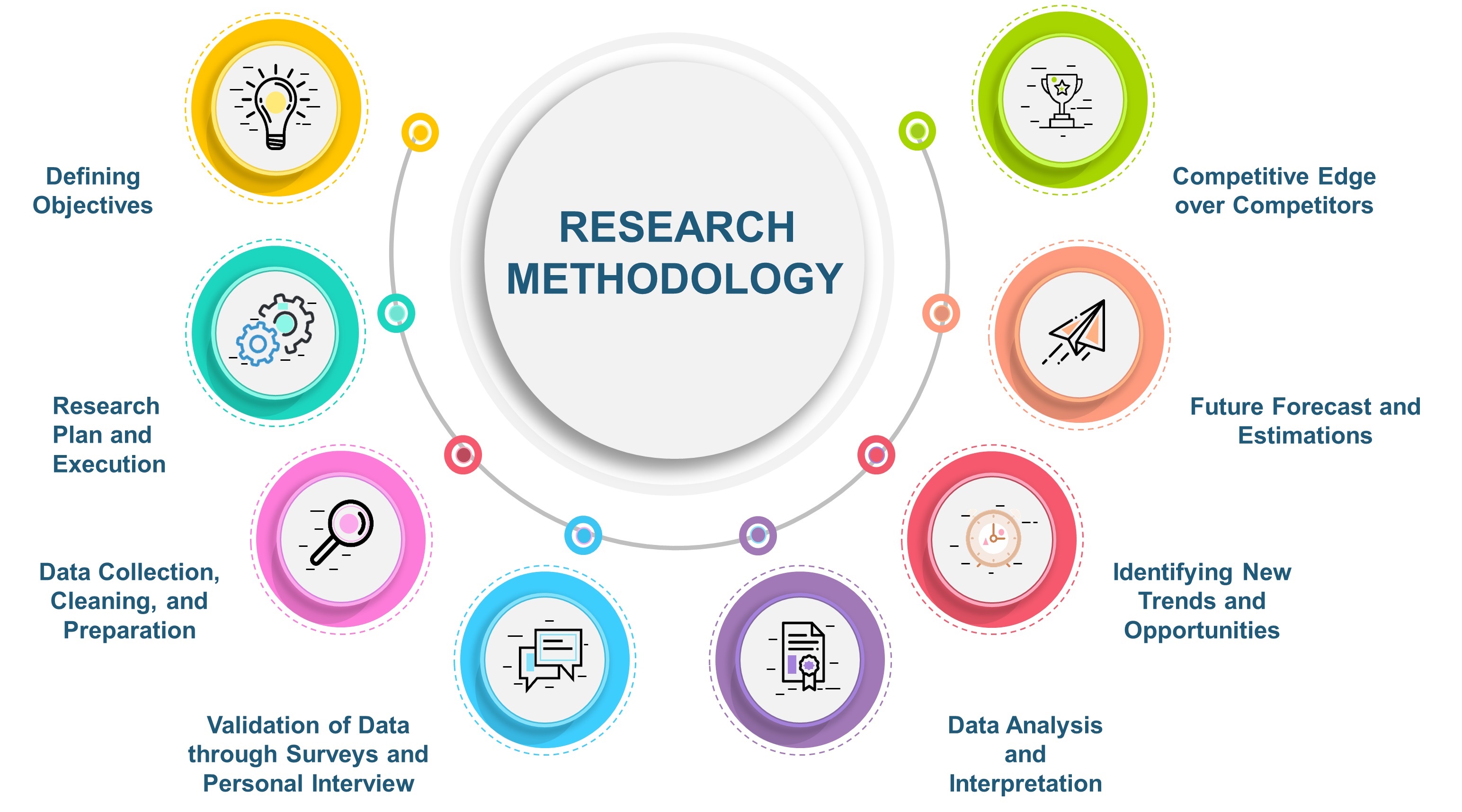
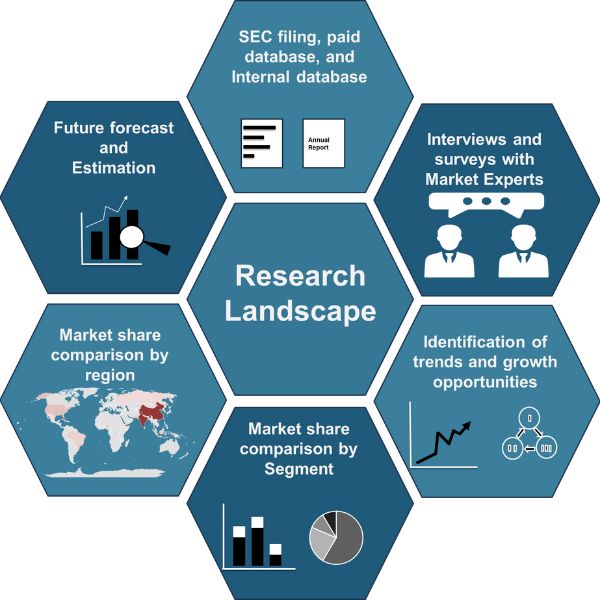
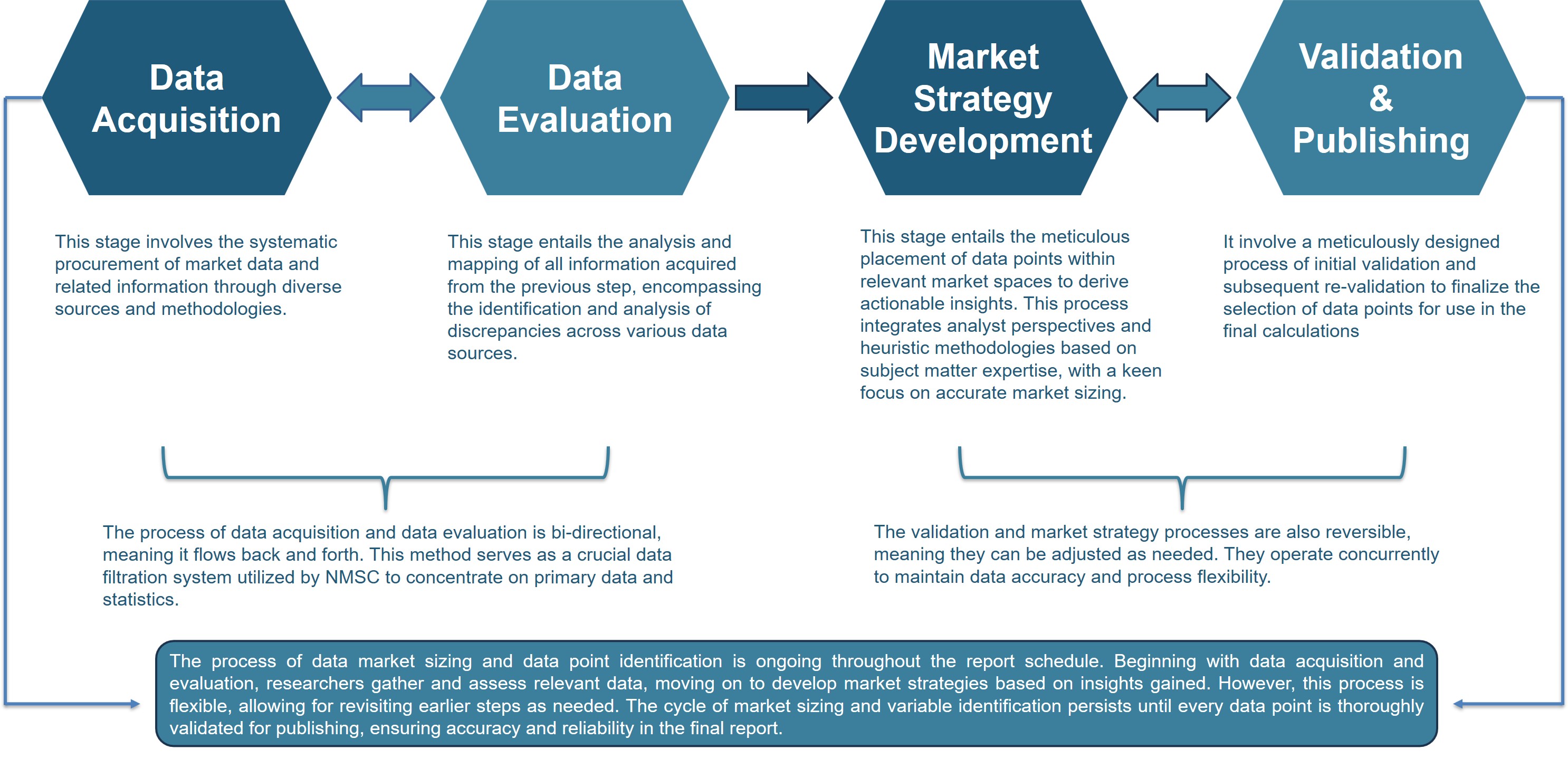
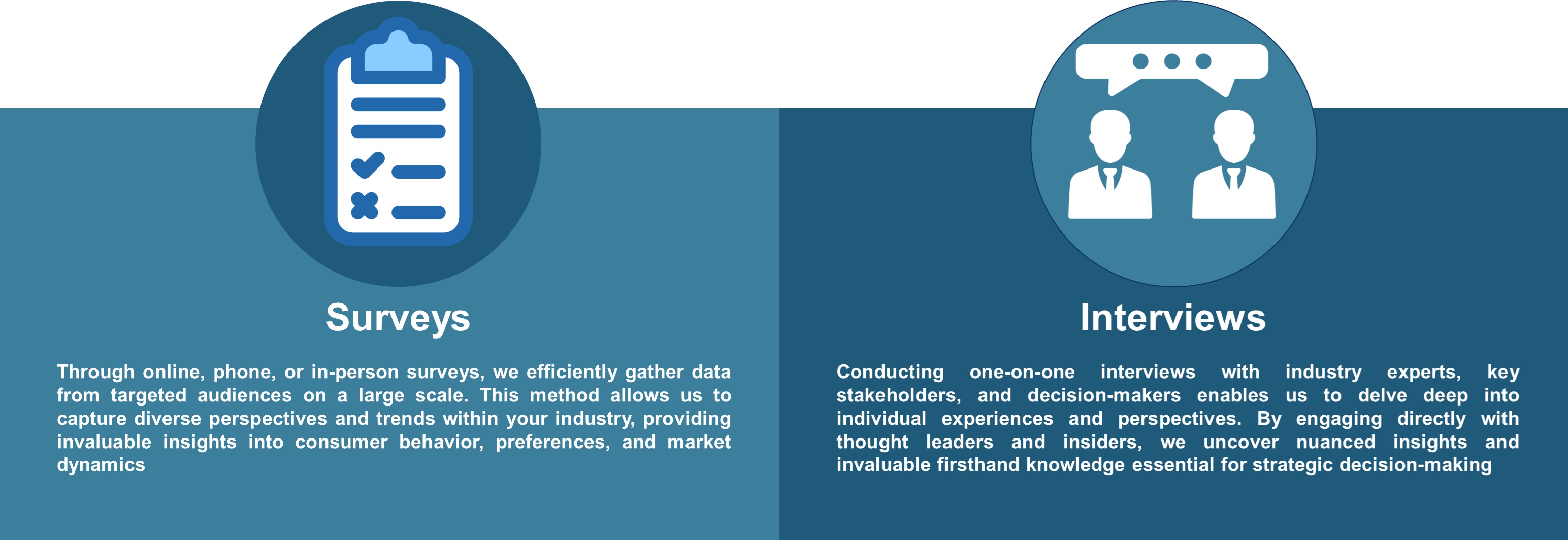


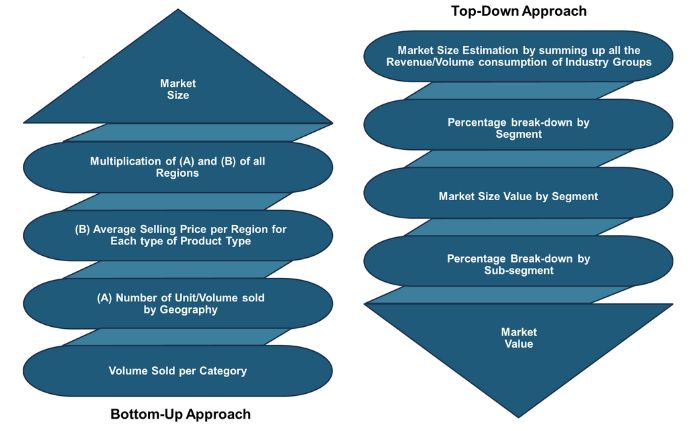
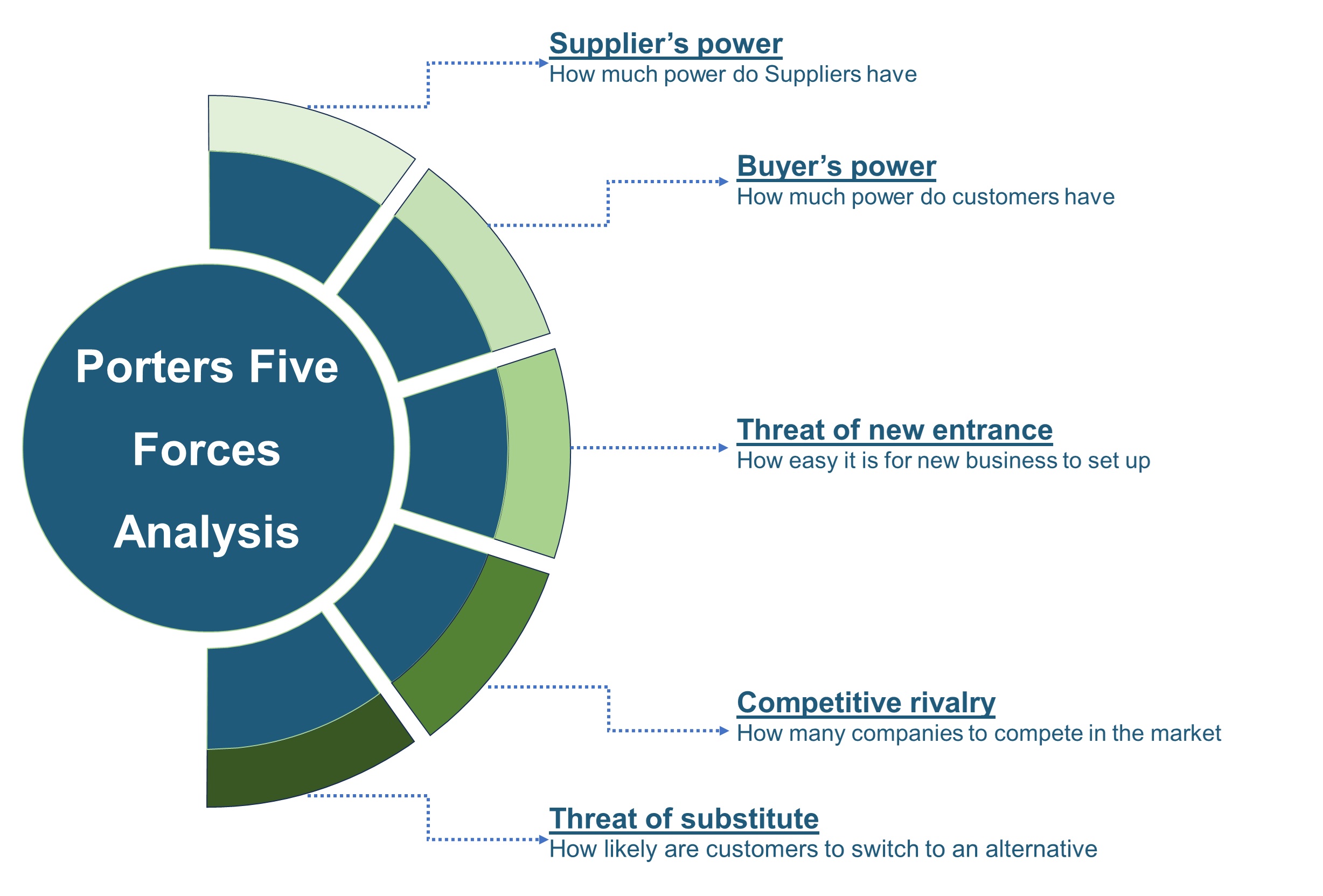


 Speak to Our Analyst
Speak to Our Analyst



